Advances in Plastics —— Automotive Polyurethanes, Volume II
----- 塑料进展:汽车聚氨酯,第二卷
The technology for the recovery, reprocessing and reuse of automotive polyurethanes in Europe is highly developed and serves as a successful example for other areas. This new book by a leading authority on this technology details the materials and methods, as well as the problems, involved in this work. Going beyond recovery, the authors examine the processes and applications involved in putting recovered material to economic use in marketable products. The text is supplemented with more than 60 tables providing useful data on polyurethane recycling processes and chemistry. More than 60 photographs, micrographs, diagrams and flowcharts illustrate materials, processes and products. In addition to a detailed presentation of this technology, the book provides a review of European regulation and programs dealing with automotive plastics recycling, as well as the voluntary activities of industry organizations and individual companies. The information in this new book will be useful to personnel involved in the research, development and recycling of plastics and other polymeric materials for automotive applications. The details of reprocessing chemistry will be especially useful to polymer chemists working with polyurethanes. TablesMuch of the technical data in this book is presented in 64 tables. Here is a small sample of this material: o Plastic Components in Used Carso Reaction conditions for glycolysis of the Bayflex 110-80 System o Parameters of the Continuous Pebra-Magna Glycolysis Process o Physical Properties of RIM Polyurethanes Obtained by Using Glycolysis Polyols (20% Filler) o Comparison of the Mechanical Properties Baydur庐 STR from Virgin Polyol and from 70% RRIM Recycled Polyol o Flame Retardant Behavior of Adhesive-Pressed Boards Based on EA Foam Illustrations More than 60 photographs, micrographs, flowcharts and diagrams illustrated processes and materials, including finished products made of recycled polyurethanes. Here is a
{{comment.content}}
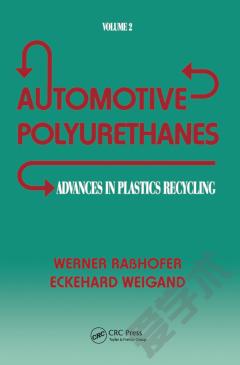
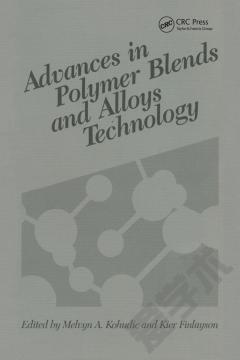
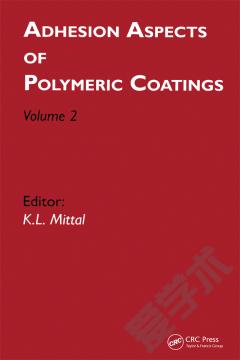

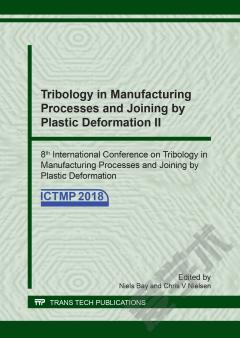
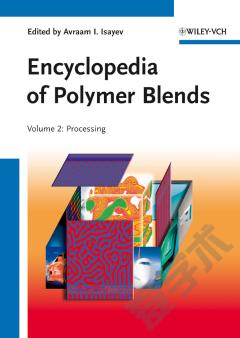
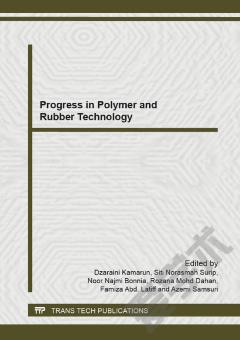

 京公网安备 11010802027623号
京公网安备 11010802027623号